 W
WThe general strike of 1960–1961, known popularly in Wallonia as the Strike of the Century, was a major series of strikes in Belgium which began on 14 December 1960 and lasted approximately six weeks. The strike was instigated by the militant trade union, the General Labour Federation of Belgium, against an attempt by the government of Gaston Eyskens to improve the state of Belgium's public finances by introducing a series of austerity measures known as the Unitary Law. It has been described as "one of the most serious class confrontations in Belgium's social history", which brought out 700,000 workers out on strike. Although the strike began across Belgium, it soon lost momentum in Flanders where workers returned to work after a few days. The strike continued in Wallonia, a region largely reliant on heavy industry and already starting to experience deindustrialization, for several weeks. The law was eventually passed on 14 February 1961.
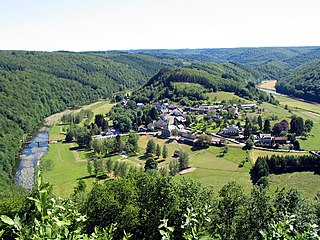 W
WThe Ardennes, also known as the Ardennes Forest or Forest of Ardennes, is a region of extensive forests, rough terrain, rolling hills and ridges. Geologically, the range is a western extension of the Eifel, and both were raised during the Givetian age of the Devonian, as were several other named ranges of the same greater range.
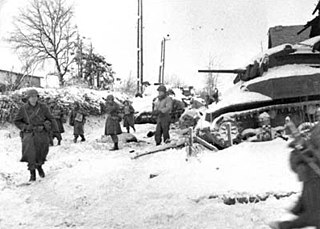 W
WThe Battle of the Bulge, also known as the Ardennes Counteroffensive, was a major German offensive campaign on the Western Front during World War II which took place from 16 December 1944 to 25 January 1945. It was launched through the densely forested Ardennes region between Belgium and Luxembourg towards the end of the war in Europe. The offensive was intended to stop Allied use of the Belgian port of Antwerp and to split the Allied lines, allowing the Germans to encircle and destroy the four Allied forces and cause the Allies to negotiate a peace treaty in the Axis powers' favor. The Battle of the Bulge remains among the most important battles of the war, along with Stalingrad, Operation Overlord, Monte Cassino, and Midway. It marked the last major offensive attempted by the Axis Powers in Europe. After their defeat, Germany would retreat for the remainder of the war.
 W
WThe Belgian strikes of 1886, occasionally known as the social revolt of 1886, was a violent period of industrial strikes and riots in Belgium from 18 to 29 March 1886 and an important moment in Belgium's 19th-century history. The strike or labour revolt was provoked by social inequalities in Belgian society and has compared to the peasant jacqueries of the Middle Ages.
 W
WThe Borinage is an area in the Walloon province of Hainaut in Belgium. The provincial capital Mons is located in the east of the Borinage. In French the inhabitants are called Borains, but there was a great sociological difference between Mons and the Borains of all the villages around Mons.
 W
WThe Duchy of Limburg or Limbourg was an imperial estate of the Holy Roman Empire. Much of the area of the duchy is today located within Liège Province of Belgium, with a small portion in the municipality of Voeren, an exclave of the neighbouring Limburg Province. Its chief town was Limbourg-sur-Vesdre, in today's Liège Province.
 W
WThe Élysette is the executive seat of the Government of Wallonia. It houses the office of the Minister-President of Wallonia, and is located in Namur, Namur province, Belgium.
 W
WEupen-Malmedy or Eupen-Malmédy is a small, predominantly German-speaking region in eastern Belgium. It consists of three administrative cantons around the towns of Eupen, Malmedy, and Sankt Vith which encompass some 730 square kilometres (280 sq mi). Elsewhere in Belgium, the region is commonly referred to as the East Cantons.
 W
WThe history of Luxembourg consists of the history of the country of Luxembourg and its geographical area.
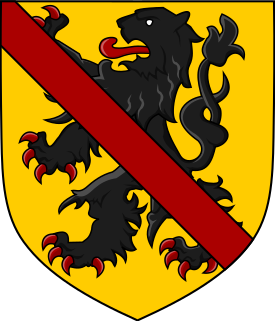 W
WThe following is a list of counts or margraves of Namur.
 W
WThe Manifesto for Walloon Culture, was published in Liège on 15 September 1983 and signed by seventy-five "key figures in artistic, journalistic and university circles" of Wallonia.
 W
WMarcinelle is a section of the Walloon city of Charleroi in the Belgian province of Hainaut. Until 1977, it was a municipality of its own.
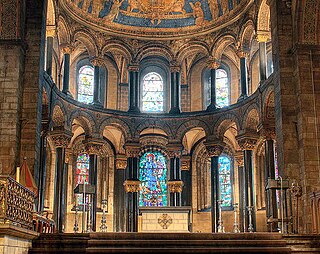 W
WMosan art is a regional style of art from the valley of the Meuse in present-day Belgium, the Netherlands, and Germany. Although in a broader sense the term applies to art from this region from all periods, it generally refers to Romanesque art, with Mosan Romanesque architecture, stone carving, metalwork, enamelling and manuscript illumination reaching a high level of development during the 11th, 12th and 13th centuries.
 W
WThe Neolithic flint mines of Spiennes are among the largest and earliest Neolithic flint mines which survive in north-western Europe, located close to the Walloon village of Spiennes, southeast of Mons, Belgium. The mines were active during the mid and late Neolithic between 4,300 and 2,200 BC. Declared to be "remarkable for the diversity of technological solutions used for extraction" the site and its surroundings were inducted into the UNESCO's list of World Heritage Sites in 2000.
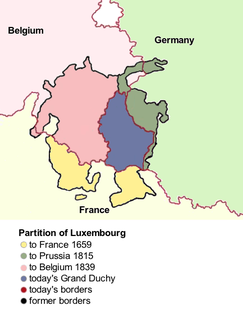 W
WThere have been three Partitions of Luxembourg between 1659 and 1839. Together, the three partitions reduced the territory of Luxembourg from 10,700 km2 (4,100 sq mi) to the present-day area of 2,586 km2 (998 sq mi) over a period of 240 years. The remainder forms parts of modern day Belgium, France, and Germany.
 W
WRenardism refers to a political ideology in Belgium based on the thinking of the trade union leader André Renard (1911–62) which is generally considered to have emerged as a concept only in the years after his death. Although its exact nature has been much discussed, Renardism combined elements of syndicalism and regionalist politics which ultimately sought the transformation of the country into a federal state.
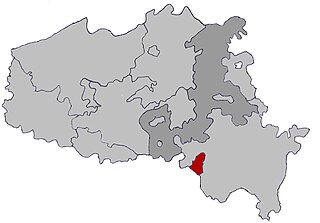 W
WThe Republic of Bouillon was a short-lived French client republic, around the city of Bouillon in present-day Belgium, based on the duchy of Bouillon, which had existed between France and the Austrian Netherlands since the 15th century. Reforms, sponsored by the duke, abolishing manorialism and feudalism and establishing a constitutional basis for the monarchy did not prevent what many sources describe as the proclamation of a republic in April 1794. The republic was short-lived, however, as the territory was annexed by the French First Republic 18 months later. In 1815, after the Napoleonic Wars, the duchy was absorbed into the promoted Grand Duchy of Luxembourg, becoming a part of Belgium when that nation was founded in the 1830s.
 W
WThe Roman Catholic Diocese of Liège is a diocese of the Latin Rite of the Roman Catholic church in Belgium. The diocese was erected in the 4th century, and has a long and complicated history. Currently the diocese is a suffragan of the Archdiocese of Mechelen-Brussels. Its modern version covers the same territory as Belgium's Liège Province, but it was historically much larger.
 W
WThe Royal Question was a major political crisis in Belgium that lasted from 1945 to 1951, coming to a head between March and August 1950. The "question" at stake surrounded whether King Leopold III could return to the country and resume his constitutional role amid allegations that his actions during World War II had been contrary to the provisions of the Belgian Constitution. It was eventually resolved by the abdication of Leopold in favour of his son Baudouin in 1951.
 W
WThe Battle of Saint-Denis was the last major action of the Franco-Dutch War, which took place on 14 August 1678, four days after France and the Dutch Republic signed the Treaty of Nijmegen. The battle was fought to prevent the French capturing the town of Mons, then on the border between France and the Spanish Netherlands, now modern Belgium. Its result is disputed.
 W
WThe Battle of Seneffe took place on 11 August 1674 near Seneffe in present-day Belgium and was one of the most notable engagements of the Franco-Dutch War. It was fought between a French army commanded by Condé and a combined Dutch, Imperial, and Spanish force under William of Orange.
 W
WThe Sequence of Saint Eulalia, also known as the Canticle of Saint Eulalia is the earliest surviving piece of French hagiography and one of the earliest extant texts in the vernacular langues d'oïl. It dates from around 880.
 W
WThe Sillon industriel is the former industrial backbone of Belgium. It runs across the region of Wallonia, passing from Dour, the region of Borinage, in the west, to Verviers in the east, passing along the way through Mons, La Louvière (Centre-region), Charleroi, Namur, Huy, and Liège. It follows a continuous stretch of valleys of the rivers Haine, Sambre, Meuse and Vesdre, and has an area of roughly 1000 km².
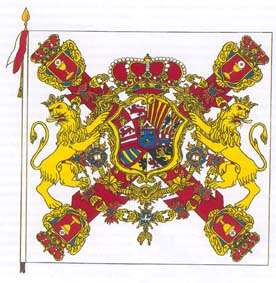 W
WThe Walloon Guards were an infantry corps recruited for the Spanish Army in the region now known as Belgium, mainly from Catholic Wallonia. As foreign troops without direct ties amongst the Spanish population, the Walloons were often tasked with the maintenance of public order, eventually being incorporated as a regiment of the Spanish Royal Guard.
 W
WWalloons are a Romance cultural identity of people living for the most part in Belgium, principally its southern region of Wallonia, who primarily speak langues d'oïl such as Belgian French, Picard and Walloon. Walloons are mainly Roman Catholic.